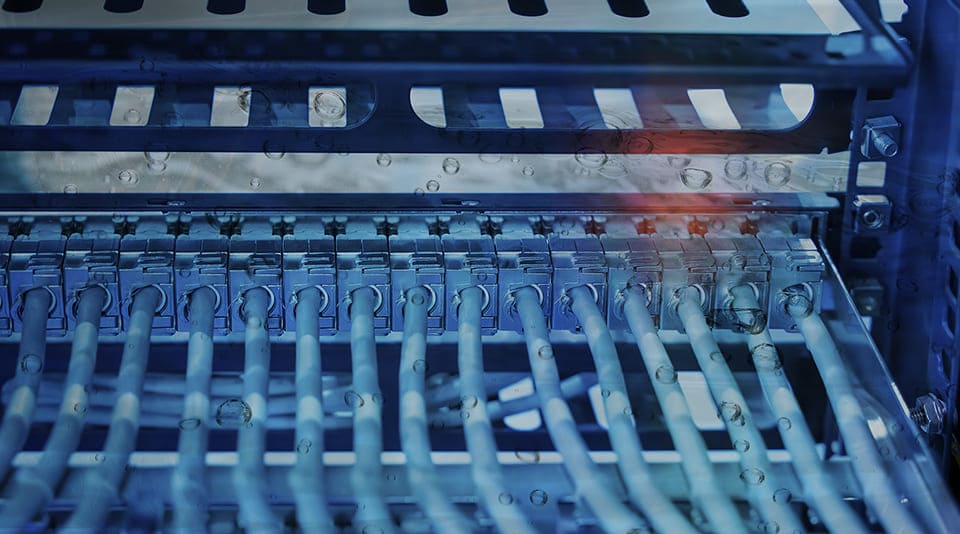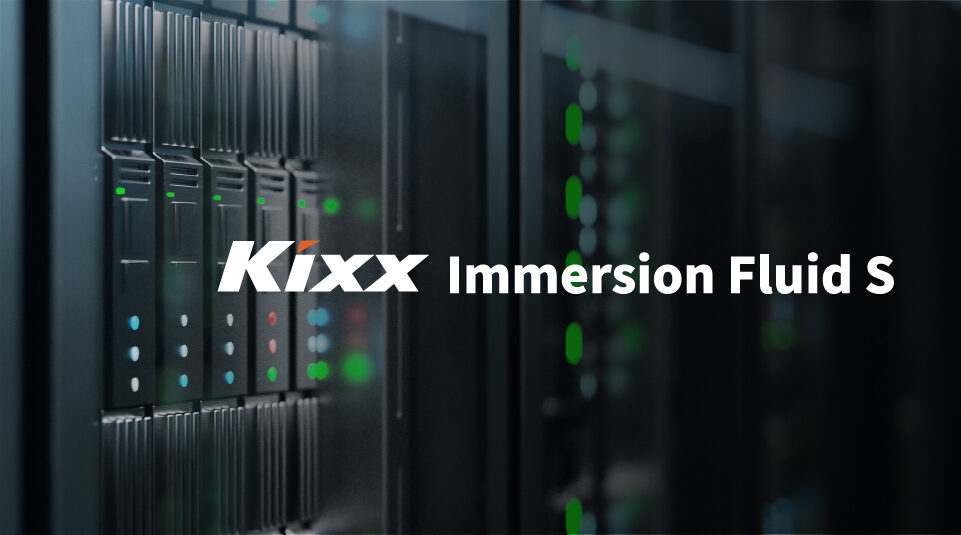
Our modern world runs on data, powered by servers at data centers that process, host, and store our digital information. As heat-induced server failures can lead to unplanned outages and major disruptions, a growing number of data centers are turning to immersion cooling systems as an innovative solution that promises both efficiency and sustainability.
Types of Data Center Cooling Systems

The explosive growth of data-intensive technologies such as artificial intelligence(AI), big data, and machine learning has further spiked the demand for data centers that back up these energy-intensive operations. As more servers inevitably generate more heat, immersion cooling has emerged as an alternative over traditional cooling methods — air cooling using fans, or chilled water cooling, which involves circulating cool liquid through a plate that comes in direct contact with major heat sources, such as CPUs. There have also been ongoing attempts to develop unconventional cooling strategies such as Microsoft’s underwater data center placed in the ocean. But for now, immersion cooling systems offer one of the best options among emerging technologies available in the market.
Immersion cooling at data centers involves submerging IT equipment, such as servers, in non-conductive fluids to dissipate heat. This same method can be applied to energy storage system (ESS) batteries, chargers, and batteries for electric vehicles (EV). Since this fluid absorbs heat directly, there is no risk of an electrical short or equipment failure. As the heat from the equipment is transferred directly to the fluid, this system has high-cooling efficiency.
Why is Immersion Cooling Important?
Immersion cooling is regarded as a next-generation cooling technology that overcomes the shortcomings and maximizes the advantages of the existing methods. Its most notable feature is the efficiency of power consumption.
On average, data centers consume around 40 to 100 times more power than conventional buildings of a similar size, accounting for 1% of the world’s power consumption. Server thermal management typically consumes 40% of the total. This is why more operators are relying on immersion cooling systems to manage the heat instead, as this can reduce power consumption by nearly half in optimal conditions — a win for business and carbon-neutrality. Intel’s announcement in 2022 to invest a total of USD 700 million in liquid immersion cooling technology is testament to the value of this future-proof technology.
How Does It Work?

As mentioned, immersion cooling involves placing IT components in a non-conductive fluid. There are different approaches to this method, but widely used single-phase cooling is simpler, more affordable, and easier to operate than the other.
The process below describes single-phase immersion cooling:
- First, the hardware, such as servers or entire racks, are immersed in a specially designed enclosure filled with dielectric fluid — a substance with excellent thermal properties that absorbs heat more efficiently than air.
- As the components operate, the fluid absorbs the generated heat and transfers it away from the hardware.
- Next, the heated fluid moves to a cooling system, where the heat is extracted by heat exchangers or direct liquid-to-liquid cooling.
- Once the heat is dissipated, the cooled fluid is drawn back into the immersion enclosure, creating a continuous cycle.
Are There Other Benefits?

Immersion cooling systems do not require fans or pumps like existing cooling systems, and as they use non-conductive fluids that have higher thermal conductivity than air, they are more energy efficient. This in turn naturally contributes to the realization of carbon neutrality and sustainability.
As immersion cooling systems can maintain a lower operating temperature, this ensures a better performance of IT equipment at data centers. It’s also worth mentioning that data center operators can fit more hardware within a given space using this method, as it doesn’t require room for airflow and heat dissipation. Finally, immersion cooling also helps to extend the lifespan of equipment, leading to significant cost savings over time.
Last year, Kixx entered the thermal management market for the first time with the launch of its immersion cooling fluid for data centers, Kixx Immersion Fluid S. This year it will continue to provide customized immersion cooling solutions for different industries, offering an expanded product lineup.
Related Articles
Related Articles
Recommended Products
Recommended Products

News | Stories | Tips & Info | About Us | Product Finder
GS Caltex Address:
GS Tower 508, Nonhyeon-ro, Gangnam-gu, Seoul, Republic of Korea
Copyright © 2024 GS Caltex Corporation. All rights Reserved




